Understanding The Colorful Truth About Canine Vision

The long-standing myth of dogs seeing only in black and white has finally been debunked. In fact, science now reveals a more colorful truth about canine vision. Although not as vibrant as human sight, they have a remarkable ability to distinguish shades of gray. Here’s a look into what colors dogs can actually see!
Not Just Black and White
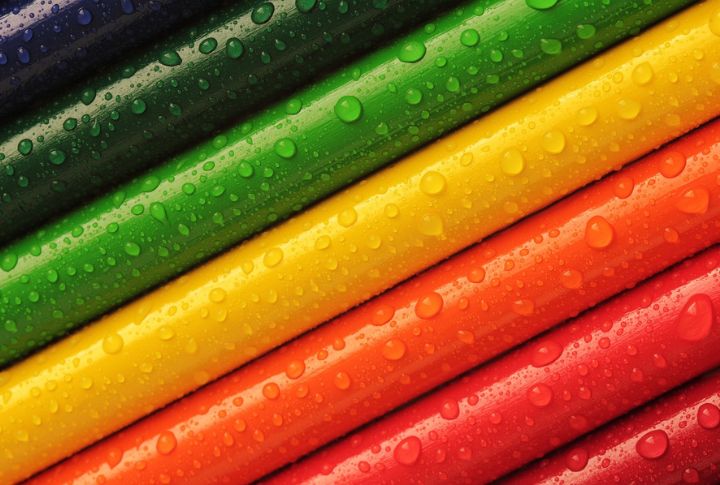
Remember when everyone said dogs were colorblind? Turns out that’s not quite right. Even though our dogs don’t see the full rainbow like we do, their world isn’t a grayscale movie either. Dogs actually have a unique way of perceiving colors that might surprise you.
The Science Behind the Sight
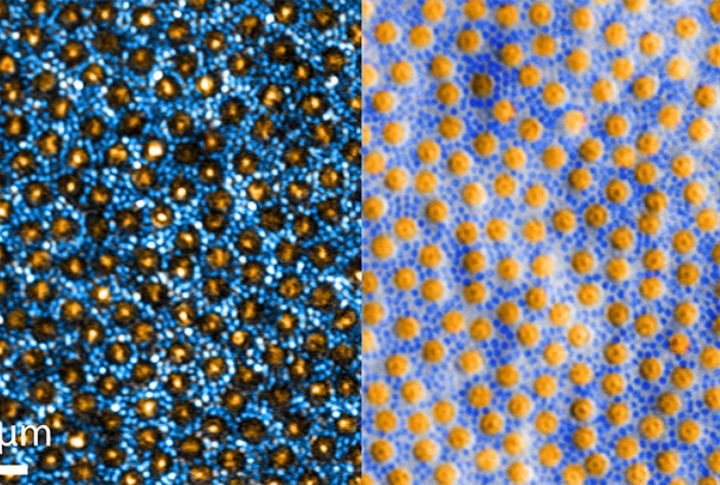
It all comes down to special cells in the eye called cones. We humans have three types that give us our rich color vision. Dogs, on the other hand, only have two. This doesn’t mean they’re colorblind—they just see things a bit differently than we do.
A World of Blue and Yellow

If you could peek through your dog’s eyes, you’d see lots of blues and yellows. Reds and greens? Not so much. To a dog, that bright red ball might look more yellowish. No wonder Fido sometimes has trouble finding it in the grass!
Shades of Gray: Not Just an Old Movie Title

While dogs might miss out on some colors, they’ve got us beat when it comes to seeing different shades of gray. This skill helps them spot movement and see better in dim light, which is one reason why they’re such great hunters and protectors.
Night Vision Champs
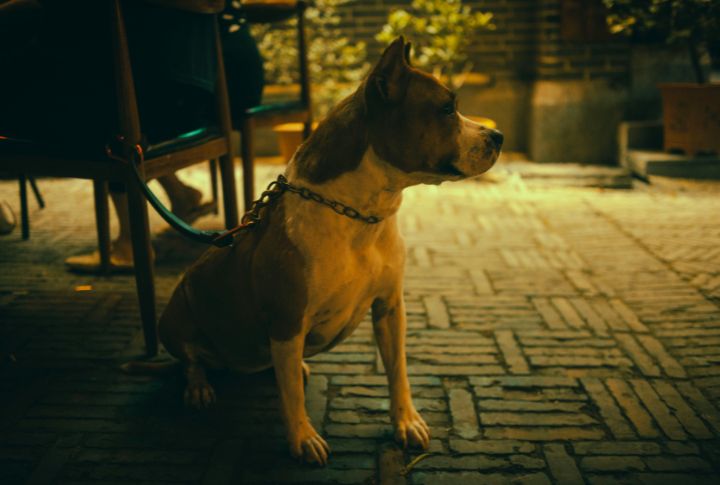
Ever notice how your dog navigates easily in the dark? That’s because their eyes have more light-sensitive cells called rods. Their rod-dominated retina gathers dim light, which enhances their night vision. So, while they might not appreciate all the colors of your new painting, they’re pros at nighttime adventures.
Motion Detectors on Four Legs
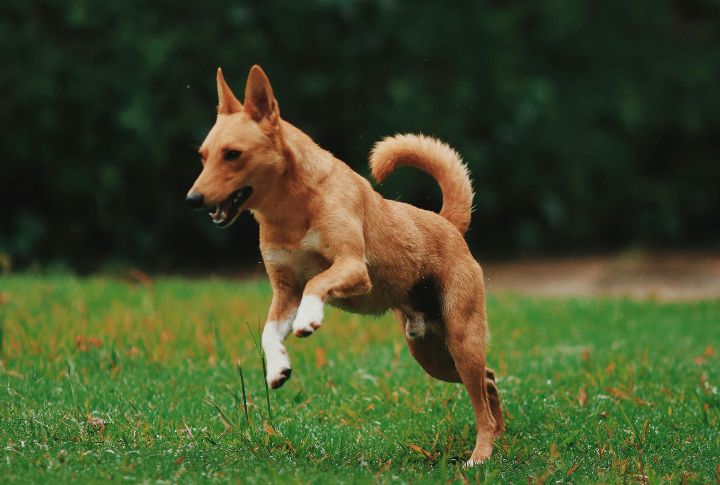
Dogs might not see all the colors of the rainbow, but they’re experts at catching movement. We can trace this ability of theirs from their wolf ancestors, who needed sharp eyes to spot prey. It’s why your pup always seems to know when you’re about to throw that ball!
Every Dog Has Its Day (Vision)

Believe it or not, different dog breeds might see colors slightly differently. But don’t worry—whether you’ve got a Chihuahua or a Great Dane, they all share the same basic blue-yellow color vision. Dogs have so many special qualities, and this is just one of them.
Colorful Canine Living

Even with their limited color palette, dogs use what they see to navigate their world. They can tell objects apart by color, which helps them find everything from their favorite toy to you in a crowd. Pretty impressive, right? However, blue is one color that really stands out to them.
Training Tricks: Color Edition
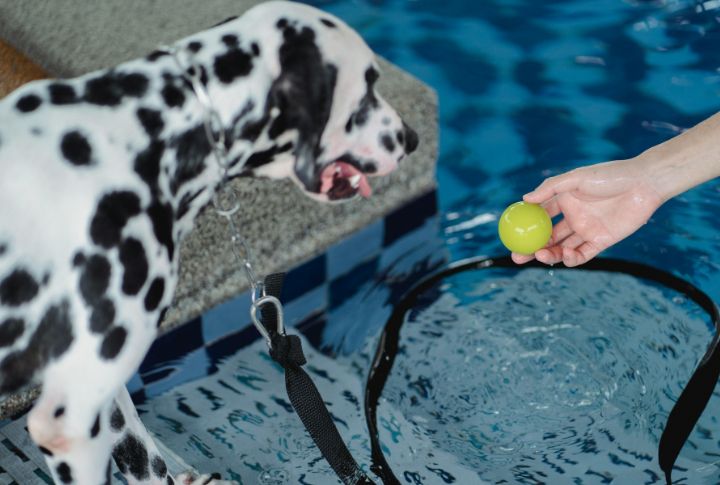
Knowing about dog color vision can make training more fun and effective. So, you want to focus on using blue or yellow toys more because your pup will spot them more easily. This simple trick can help your dogs as you take them through agility training or just play fetch.
The Nose Knows

While we’re talking about dog senses, let’s not forget their superpower: smell. A dog’s nose is way more impressive than their eyes. So even if they can’t see all the colors we can, they make up for it with their unique ability to sniff out almost anything.
Tailoring Spaces for Canine Eyes

Understanding dog vision helps us create better environments for our furry pals. Consider using blue or yellow toys, bedding, or agility equipment. So, the next time you pick out a new dog bed or toy, remember their color preferences.
Evolution’s Color Scheme
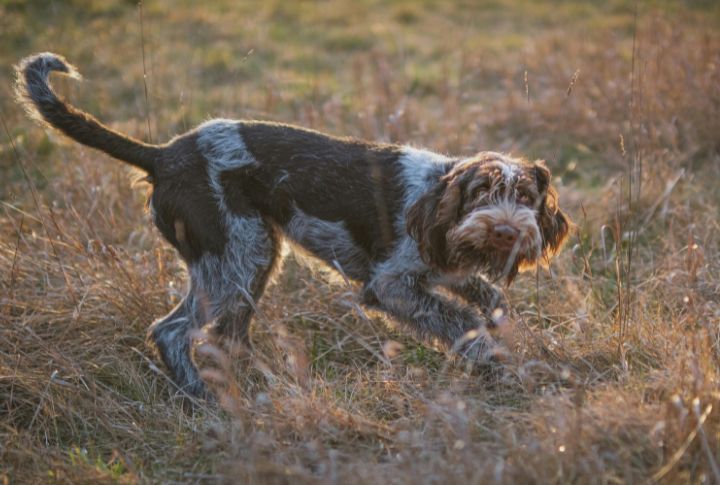
Ever wonder why dogs see the way they do? It all goes back to their wild ancestors. Their eyes evolved to help them hunt and survive and to help them focus more on movement and low-light vision rather than distinguishing between lots of colors.
Canine vs. Human Sight: A Trade-Off

Dogs might miss out on some colors, but they’ve got a few visual tricks up their sleeves. Their wider field of view lets them spot movement from the corner of their eye. Also, their superior night vision means they’re much better equipped for moonlit adventures than we are.
Decoding Dog Vision

Scientists didn’t just guess about dog vision—they got creative. They trained dogs to pick out colored cards and watched how their eyes reacted to different hues. As a result of these clever experiments, we know dogs don’t live in a black-and-white world.
Walking in Your Dog’s Paws

Imagine seeing the world through your dog’s eyes for a day. Blues would pop, yellows would stand out, but reds might look dull. Understanding this can help us appreciate how our dogs experience the world and why they sometimes act the way they do.





